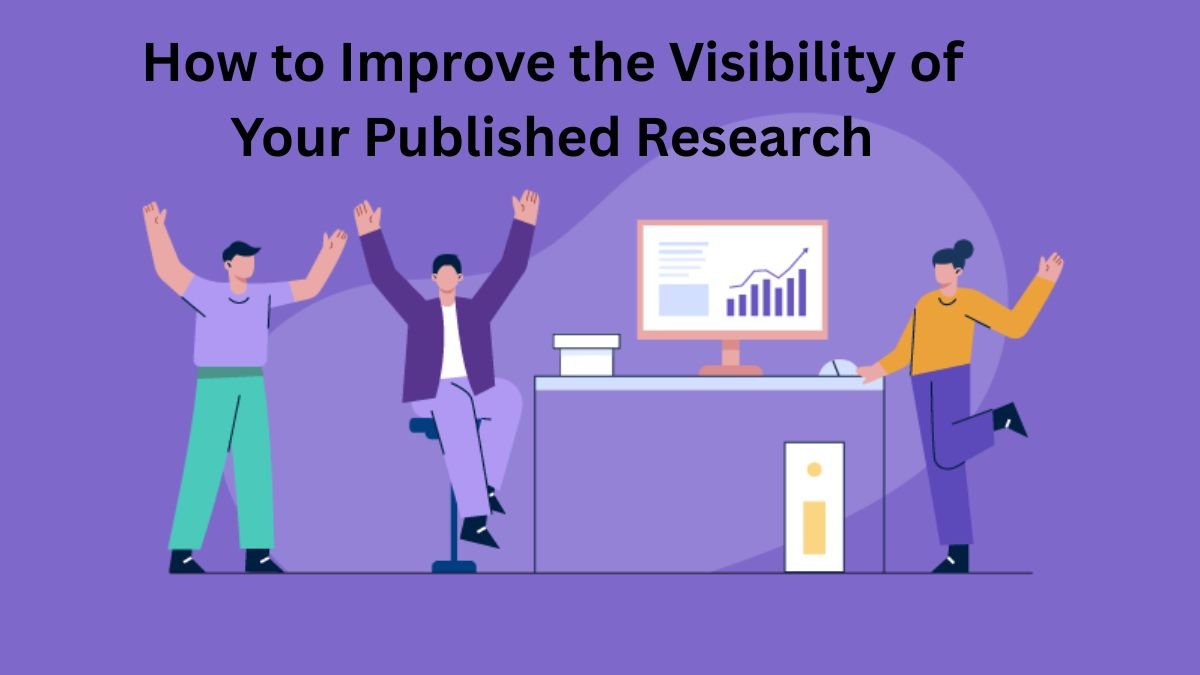It was a different world for researchers and students before COVID-19 struck. Conferences like these ACS (American Chemical Society) National Meetings, held in spring and autumn every year, would provide students and postdocs a perfect platform to present their research and obtain constructive critique on their work while developing the necessary professional skills.
But really, that scenario has been transformed completely in the past few years such that the majority of conferences were turned virtual, and even those who attended such sessions were so few. Consequently, research dissemination was constrained and there existed a decrease in opportunities for communications as well. Hence, this is the time when conferences are happening in hybrid format again. It will make sense for researchers to adopt different strategies on their research visibility.
In this article, we’ll see how to get your research to the most possible audience in the pre-submission and post-publication phase.
Pre-submission stage: Initiate where the search begins
When writing a research paper, the first consideration must be the words that another researcher would choose to search for studies similar to yours. Include these keywords in the title and abstract of your research paper.
Choose an obvious, clear, and meaningful title.
A plain language title should be functional rather than humourous, rhymed or literary style. This is because both search engines and readers must understand the title easily.
Include keywords naturally.
Your abstract will look artificial if you forcefully use the keyword, which will not be appealing to the reader and the search engines.
Prepare a graphical abstract.
This is a type of visual summary that shows what is most important about your research through pictures. It is highly attractive and could draw a reader in immediately.
Use preprint servers like ChemRxiv.
You get the initial feedback by dropping your draft on it. In addition, you get a grasp of the searched keywords.
Use a press release as needed.
Your research can be a strong ground for a press release from the publisher if it touches on an ongoing topical issue that can interest the public.
Post-publication phase: What to do when the paper is published?
Once your research paper has been published, there is no end to work. Your duty will now be to broaden its horizon.
Email and personal networks:
Email your mentors, colleagues and people you mentioned in your paper. Also, add a link to your paper in your email signature so that every email sent increases the reach of your research.
Share data and graphics:
You might consider placing your datasets in an open access repository and linking your paper from there. This makes them useable by other researchers.
Be active in social networking:
Share your research paper on LinkedIn, X-formerly Twitter and Facebook. Use your graphical abstract in the post and add appropriate hashtags such as #ChemistryResearch or #ScienceCommunication.
- The scientific community on Twitter is really alive and the more followers you have the more you research.
- Regional networks such as WeChat in China or Kakao Story in Korea can also be used.
Update online profiles:
Google Scholar, ORCID, ResearchGate and your university page should get linked to your paper. Having posted a preprint before, you should link it also to the published paper.
Include in class and blogs:
Include your paper in your class reading list or write about your research as a guest author on a scientific blog.
A small but important thing: Share a link, not a PDF
In fact, even if your paper is open access, it is still the publisher link that should be shared and not the PDF. This is the way how:
- The services like Altimetric and Google are going to have a good time tracking the performance of your paper.
- The visibility and SEO rank of your paper improves.
Advanced promotion tool: videos, infographics and plain language summaries
Most publishers-including ACS-have the services by which you can have the plain language summary, infographic, or even video of your research. These tools have proven very useful for actually taking to social media. Slowly but surely, the reach of scientific research is climbing up the ranks on the likes of YouTube, Instagram and TikTok.
Conferences and SciMeetings
Now that conferences are coming back on schedule after a break, present your research through a poster or lecture on such events. Instead, people can easily access your paper via a DOI on SciMeetings where you can share your poster.
Conclusion
Exposure of research is no longer confined to conferences. Using proper keywords, effective abstracts, and intelligent use of social media and online platforms can generate visibility and impact for your paper.
Like all great efforts-a little planning, a little practice, and persistence bring great success.
